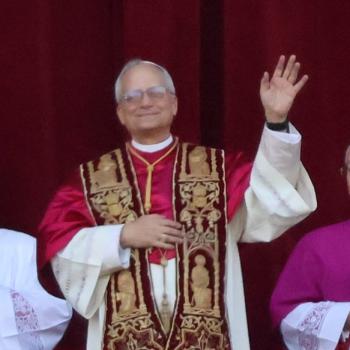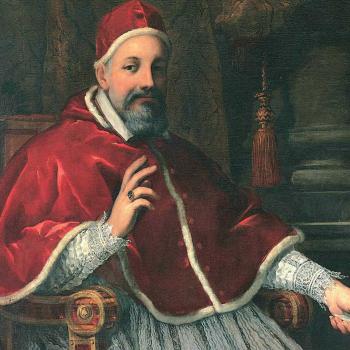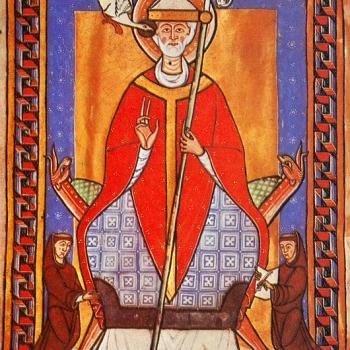This post will not be about Easter bunnies, but it will be about animals.
In the Christian tradition, animals possess a rich symbolic significance. Ask most Christians whether they would prefer being a goat or sheep in the eyes of the Lord and you will quickly baa-baa. From Genesis through Revelation, animals are regularly invoked to convey spiritual messages.
Wolves do not come off they well nor do serpents, but at least in one instance the faithful are admonished to imitate the latter:
“Behold, I send you forth as sheep in the midst of wolves: be ye therefore wise as serpents, and harmless as doves” (Matthew 10:16, KJV).
According to Christian exegesis, animals convey eschatological realities, as in this well-known passage from Isaiah:
“The wolf also shall dwell with the lamb and the leopard lie down with the kid; and the calf and the young lion and the fatling; and a little child shall lead them. And the cow the bear shall feed; their young ones shall lie down together: and the lion shall eat straw like the ox. And the sucking child shall play on the hole of the asp, and the weaned child shall put his hand on the cockatrice’ den” (Isaiah 11:6-8, KJV).
(Luther once laconically noted that if you preempt God’s eschatological design and force the wolf and lamb to cohabit prematurely, the lamb will have to be replaced often.)
In the history of the church, communication is rich in references to animals–both biblical and extra-biblical ones. An important symbol for Italian popes, for example, has been the wild boar (cinghiale) of central Italy. I was reminded of this recently after reading an article in the New York Times about “[the] brutal and destructive insurgency” that these voracious creatures have recently brought to the vineyards of Chianti. It only takes a few minutes for a herd to destroy utterly a grape harvest.
This knowledge helps one understand the distress felt by Pope Leo X, who, in his condemnation of Martin Luther in 1520, likened the Wittenberg reformer to a wild boar. “Arise, O Lord,” Leo thundered in Exsurge Domine,
“. . . [for] you committed the care, rule, and administration of the vineyard, an image of the triumphant church, to Peter, as the head and your vicar and his successors. The wild boar [Luther] from the forest [now] seeks to destroy it and every wild beast feeds upon it.”
Centuries later when Pope Gregory XVI in Mirari vos (1832) condemned the French scholar Félicité Lamennais, who championed religious liberty (then understood as the error of “indifferentism”), the Pope alighted on the wild boar as a suitable metaphor:
“We take refuge in . . . faith and call upon your concern for the salvation of the Catholic flock. Your singular prudence and diligent spirit give Us courage and console Us, afflicted as We are with so many trials. We must raise Our voice and attempt all things lest a wild boar [Lamennais] . . . destroy the vineyard.”
At the Second Vatican Council (1962-65), the Catholic Church made a volte-face concerning religious liberty, warmly embracing it in the Council’s Declaration on Religious Liberty. Presumably, then, Lamennais is no longer regarded as a wild boar.
But Exsurge Domine remains on the books and despite decades of ecumenical rapprochement, Luther at some level remains a wild boar in the eyes of Rome. Many theological differences between Catholics and Protestants will endure after the 500th anniversary of the Reformation in 2017, but perhaps the time has come for the Catholic Church to apologize for this past name-calling. A still better gift would be for Lutherans and Catholics to sit down together and enjoy wild boar pasta, a delicacy in central Italy. There should be wine too, of course—from unmolested vineyards.












